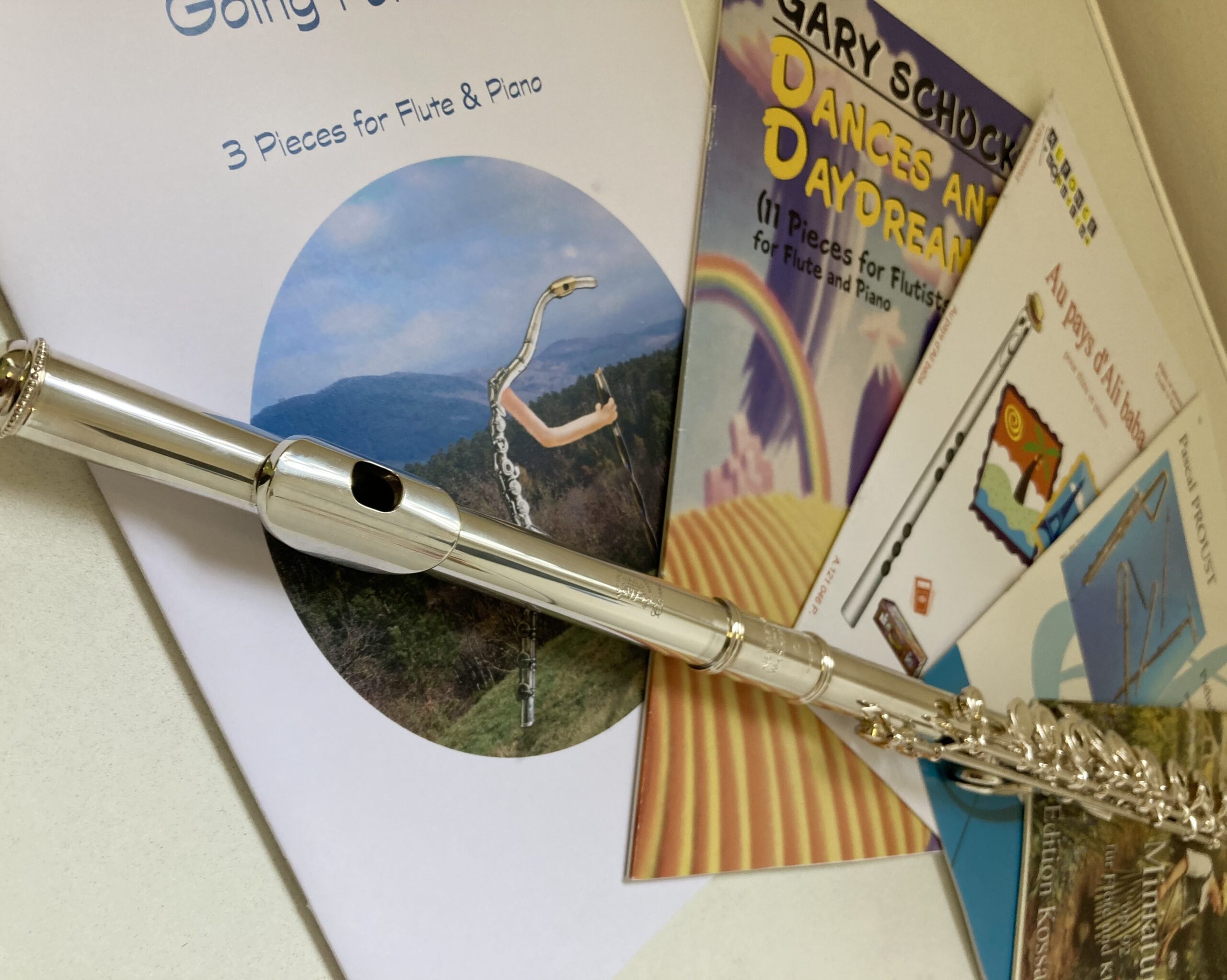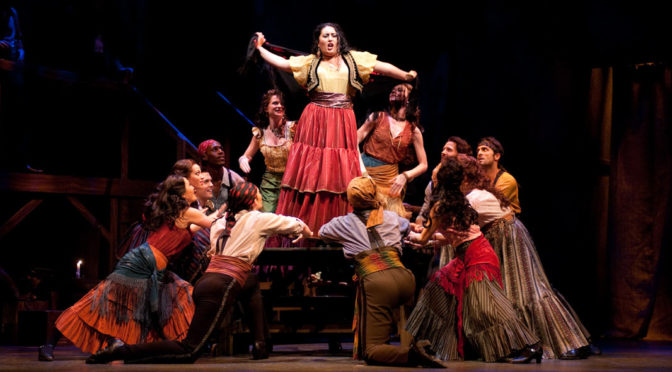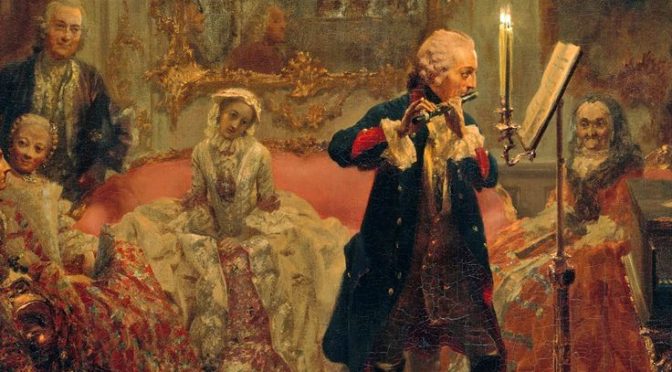abrsm
-
Five charming flute pieces to play before grade 5.
It’s always good to explore new repertoire prior to taking the next exam. These gems are wonderful at any time. Emile Kronke: Five Miniatures for Flute and Piano Op 92 Here are some more delightful pieces from Emil Kronke. He writes so well for developing players, keeping the technical challenges simple but adding sumptuous harmonies…
-
Tips on ABRSM Grade 8 pieces: Poulenc Sonata 1st movement
My next few blog posts will be tips on some of my favourite pieces from the ABRSM Grade 8 repertoire lists. Even if you aren’t working towards your Grade 8, I hope these tips may provide you with some food for thought when approaching this repertoire. Poulenc Sonata for Flute and Piano 1st movement: Allegro…
-
Exploring the new ABRSM 2018 Flute Syllabus: Grade 8
Grade 8: The Penultimate Grade Blog snapshot – my recommendations at a glance! Muller: Concerto in E minor Op 19 John Ranish: Sonata in A minor Nineteenth Century Italian Music for Flute and Piano Romantic Miniatures Book 2 Albeniz arr Hedges: Sevilla Paul Lewis: Serenade Populaire Edward Gregson: Aztec Dances Christopher Ball: Invocations of Pan…
-
Exploring the new ABRSM flute syllabus 2018: Grade 7
Blog snapshot – my recommendations at a glance! Giuseppe Rabboni: Sonata No 4 in D major from Sonatas for Flute and Piano Telemann: Sonata in G major Frederick the Great: Allegro from Sonata in B flat Spitta No 76. Serini: Andantino grazioso and Allegro assai from Sonata No 1 in D major Gluck arr Boehm: …
-
Exploring the new ABRSM flute syllabus 2018: Grade 6
Blog snapshot – my recommendations at a glance! Drouet: Allegro Moderato from Sonata in A minor (Three Little Sonatas) Giuseppe Rabboni: Sonata No 8 in C major from Sonatas for Flute and Piano Vivace: Allegro from Concerto in D major RV783 Gaubert: Madrigal Andy Scott: And Everything is Still John Frith: Arabesque Paul Lewis: Lullaby…
-
Exploring the new ABRSM 2018 Flute Syllabus: Grade 5
Blog snapshot – my recommendations at a glance! 300 Years of Flute Music Drouet: Rondeau from Sonata in A minor (Three Little Sonatas) Frederick the Great: Allegro assai from Sonata in A minor, Spitta No. 21 Giuseppe Rabboni: Sonata No 10 in D minor from Sonatas for Flute and Piano Sunrise, Sunset from Roll Over Bach…






